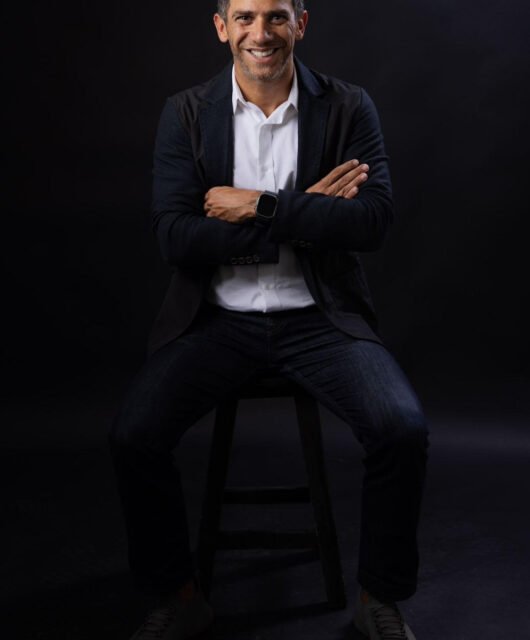PR Fails Dos And Don’ts – Zara Edition, By Nour Hamam
Fashion retailer Zara has pulled its ‘The Jacket’ campaign and put out a statement after social media users called for a boycott. however, the brand’s social media leaders should have intervened and stopped its publication.

On Sunday (December 10), a collection of images showing a model against a backdrop of broken plaster surrounded by dismembered mannequins was posted on Zara’s social media channels. In one photograph, she holds a mannequin wrapped in white material on her shoulder. A similar scene featured in some in-store displays.
We accept that Zara couldn’t have predicted the conflict on the planned release date. “It should then be checked before it goes live, especially during times like these.
Truffle Social, which has run social campaigns for the likes of Debenhams and Julian McDonald, has an internal process that means any scheduled content has final approval from a senior team member. “We would never let anything go out without this and we use a platform to make sure this is the case; the content can only go live once that final approver has pressed the button.”
All the social media experts we speak to recall a time when they intervened to get a campaign pulled, we acknowledge that there is “no specific rulebook” and every case is different.
“We need to be aware of market nuance – for example, do we have a US-based campaign going live when there’s a particularly sensitive news story currently running there? Territory, intent, the content itself – there are several ingredients that go into making the decision on how appropriate it is to push ahead.”
It’s up to the senior leaders at the social agency to push back directly with the senior leaders on the brand side. “The senior team leads have ultimate responsibility here as they’re able to provide the client lens and make the assessment.
Parallels with M&S’s Christmas Campaign
A similar incident occurred in early November when the UK supermarket chain Marks & Spencer faced a backlash against a social post taken from its Christmas advert. The image showed red and green Christmas cracker crowns being burned in a fireplace and was criticized online for resembling a Palestinian flag on fire. The ASA received 116 complaints about the image.
Marks & Spencer was quick to react by taking down the post and putting out a statement claiming that, like Zara, the photograph was taken before the war started. “While the intent was to playfully show that some people just don’t enjoy wearing paper Christmas hats over the festive season, we have removed the post following feedback and we apologize for any unintentional hurt caused,” it reads.
“You have to be ready to apologize, ”M&S apologized very quickly, dealt with it swiftly and moved on, but Zara focused so much on the intent and then went quiet. If it had focused more on the apology, it would have moved it on much faster.”
In this instance, the public and the press stepped in to create their narrative and Littleton’s own social listening has counted 38,000 comments about the Zara campaign.
Be agile, reactive and brave to respond to change
The Zara campaign spanned in-store marketing and online, where teams often work in silos. The social team, though, can be of huge benefit to the rest of the brand team to ensure that campaigns across various marketing functions stay as close as possible to the cultural pulse.
Jess Morris, the campaign director at The Goat Agency, says it’s the job of the brand and agency social team to be “on top of the news on a macro scale,” but also within the world of influencer marketing and social. She says the only way to do this is to continuously interact, research and report, and to conduct social listening and audience sentiment analysis.
“If you understand your audience, where their interests are, how they might be feeling and what they’re engaging with – positively and negatively – on social, you’re in a better place to understand how they may receive your content. The key is to have a team that can be agile and reactive and is set up to respond to change.”





